El Hamma Water Cooler
Geothermal resources are cooled in this oddly-shaped structure before being used for irrigation
Tunisia is located in North Africa, and the Sahara Desert makes its presence felt everywhere. Fortunately, beneath the surface is one of the largest confined aquifers in the world: the Continental Intercalaire. Residing nearly 10,000 feet (2,800 meters) below the surface, the water in this aquifer can reach a temperature of 176 degrees Fahrenheit (80 degrees Celsius). In the 1960s, the Tunisian government started utilizing these geothermal resources for agricultural purposes.
The Governorate of Tozeur is characterized by the hot, arid weather that one would expect on the fringes of the Sahara Desert. This means that agriculture cannot rely solely on precipitation, as the region does not usually exceed 100 millimeters of precipitation per year. In the 1980s and 1990s, the Tunisian government financed the drilling of about 80 boreholes to tap into the aquifer.
These boreholes are scattered across a strip of land that goes from Gabes to Tozeur and Kebili governorates. Where the water surfaces at a temperature no higher than 113 degrees Fahrenheit (45 degrees Celsius), it is channeled immediately towards toasis and used for irrigation. However, where the temperature exceeds this temperature, water needs to be cooled before it can be used for agriculture.
El Hamma is one of these places, and cooling is achieved through water running through open-air intersecting channels and/or ponds to facilitate the cooling process. These cooling facilities come in different shapes and sizes. El Hamma water cooler consists of a large, elevated container surrounded by interconnected concentric channels placed on a gentle slope. This system allows water to trickle down from the container in the centers onto the closest channels. Then, water runs along the channels until it reaches a duct that connects these to a large circular pool. From this pool, water is distributed to the nearby oasis.
This cooling system has the advantage of requiring a low initial investment, followed by years or decades of virtually free source of water. However, a major disadvantage is evaporation. Especially in the summer, the combination of water and atmospheric temperatures results in a level of evaporation as high as eight percent of the water outflow.
Know Before You Go
This site is a public place and is always open.
Plan Your Trip
The Atlas Obscura Podcast is Back!




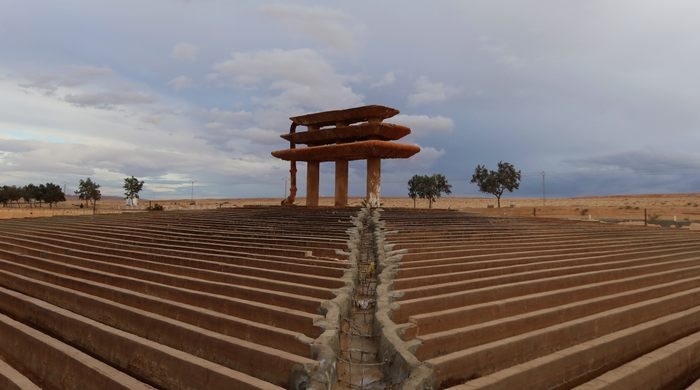
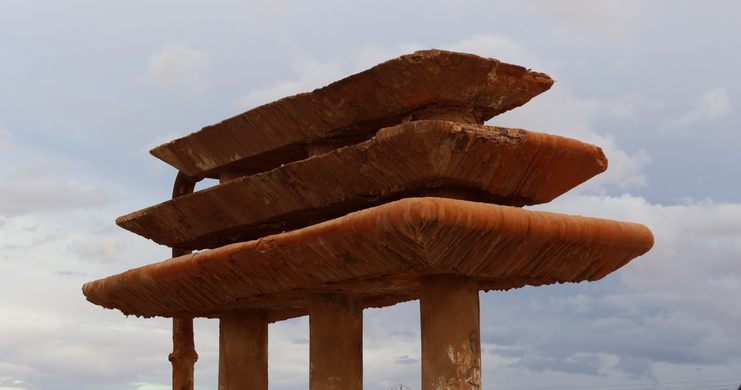
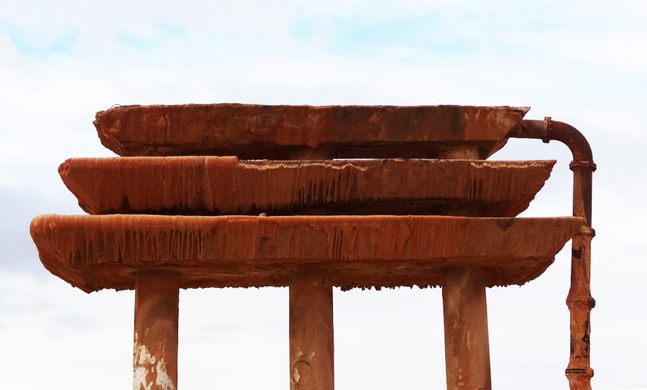

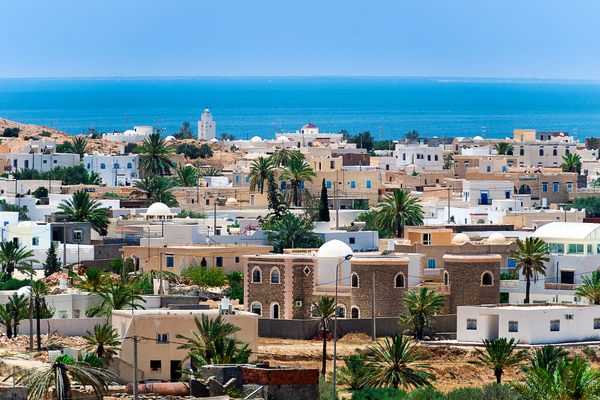

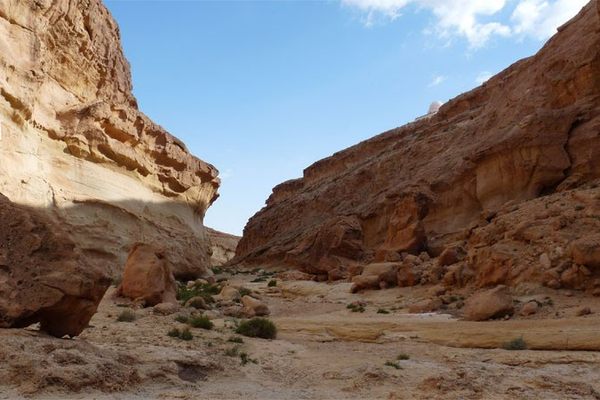








Follow us on Twitter to get the latest on the world's hidden wonders.
Like us on Facebook to get the latest on the world's hidden wonders.
Follow us on Twitter Like us on Facebook